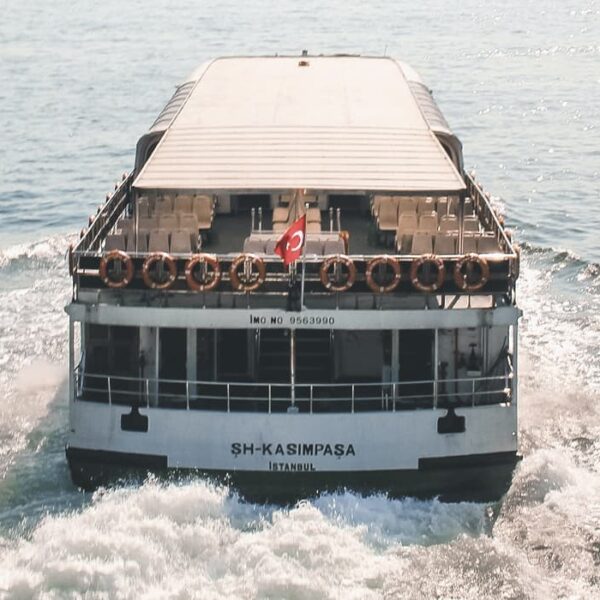In 1959, an unusual vessel with a strange superstructure in the center of the hull appeared in the English Channel. Having started from France, it crossed the English Channel and continued on its way to the coast as if nothing had happened. An unusual vessel was the hovercraft built in 1955 by British professor Christopher Cockerell. His important invention in the development of screen ships was the air cushion formation system, called the “nozzle scheme”.
Transport SR-N1 was the first operating screen-plane, but it could be used only when the sea was absolutely calm, because it rose only 23 cm above the water. The reason is that when Christopher Cockerell built his transport, he did not equip it with a rubber cushion. It was this strip of rubber, invented by another Englishman, Latinaire Leeder, that provided the practical application of the screenplane.
Latiner Lider was struck by Cockerell’s experiments, and he came up with the brilliant idea of creating a so-called rubber skirt. Thanks to the “skirt” the screenplane could fly over the waves that sometimes force ferries going through the English Channel to stay in port. Later, thanks to this invention, hovercrafts on all continents became vital in places where no other machine could operate.
But what’s the point of a rubber skirt. It’s actually quite simple. One fan blows air into the rubber skirt, which inflates. Another fan blows air under the bottom of the boat, creating an air cushion, and the rubber “skirt” holds that air. To better understand this process, let’s go back to the world’s first hovercraft SR-N1.
This screen-plane had no rubber “skirt”, so most of the air cushion, as well as the air curtain, simply dissipated. For this reason it flew very low and could only operate on calm water. The “skirt,” on the other hand, is designed to hold the air, which with great force lifts it above the water to an order of magnitude higher. Since the “skirt” is made of rubber it can bend to overcome obstacles such as waves or rocks in the way and “fly” further. All modern airfoils are now equipped with rubber skirts.
This is a representative of one of the modern hovercrafts “Freedom 90”. It weighs 36 tons, is 24.5 m long, and has 98 passenger seats. The weight of the skirt is 2.5 tons. This hovercraft has two 420 hp engines, which provide the necessary lift. Aft of the Freedom 90 is two more liquid-cooled 12-valve diesel engines with 800 hp each. They are coupled to a massive air propeller in a shroud. It is an ideal transport for carrying hundreds of passengers by sea and land.
Steering the Freedom 90 hovercraft is comparable to juggling balloons, as both the thrusters, which act like giant hair dryers, and the stern rudders, for determining the direction of the transport, must be operated simultaneously. Because the hovercraft moves over the surface of the water at speeds far higher than displacement ships, this makes it an ideal fast-moving vehicle. It also has the distinct advantage of being able to access unequipped coastlines or simply put, it does not need a port.
One of the largest hovercrafts in the world is the majestic The Princess Margaret SRN-4. It is the world’s largest amphibious hovercraft with a capacity of 454 passengers, and 54 vehicles. Speed on water and land is 130 km/hour. The Princess Margaret crossed the English Channel in 19 minutes.
The hovercraft is powered by four Rolls-Royce engines with 3,600 horsepower. The jet engines spinning the lift fans are the size of a room, and the air propellers are 6.4 meters in diameter. But like the famous Concorde, the largest hovercraft, The Princess Margaret, has fallen victim to time. Now this hovercraft is a mothballed ship, taken out of service because of high fuel prices.
But hovercrafts are no longer a curiosity. Many countries are working on their improvement. They are recognized as a very promising form of transport. They are used as landing craft by the Navy and as civilian ferries, ferrying people and cars over water obstacles.
